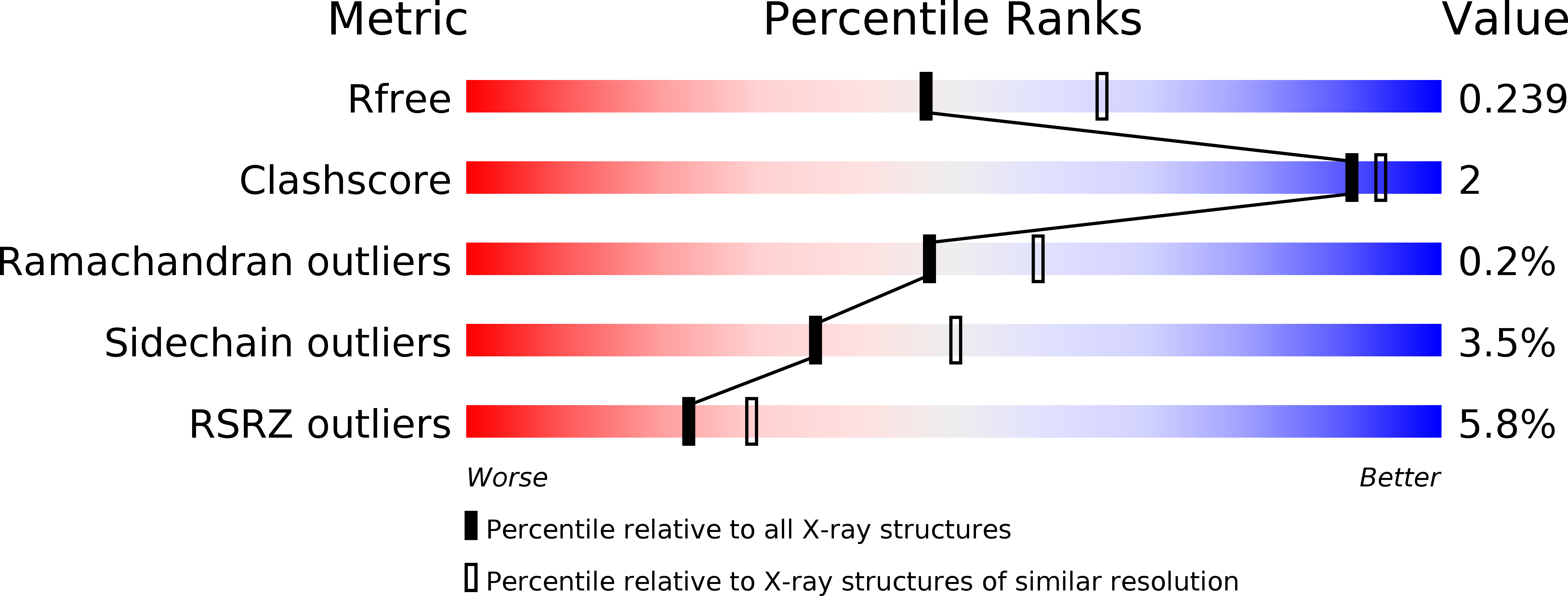
Deposition Date
2017-05-31
Release Date
2017-10-25
Last Version Date
2024-03-27
Entry Detail
Biological Source:
Source Organism:
Sus scrofa (Taxon ID: 9823)
Rattus norvegicus (Taxon ID: 10116)
Gallus gallus (Taxon ID: 9031)
Rattus norvegicus (Taxon ID: 10116)
Gallus gallus (Taxon ID: 9031)
Host Organism:
Method Details:
Experimental Method:
Resolution:
2.30 Å
R-Value Free:
0.23
R-Value Work:
0.18
R-Value Observed:
0.19
Space Group:
P 21 21 21


